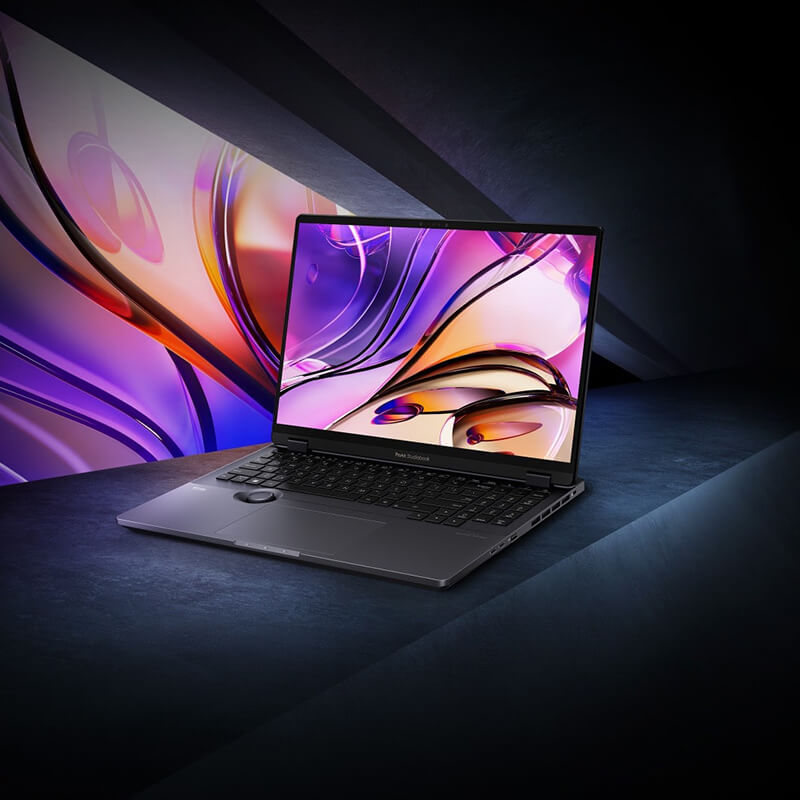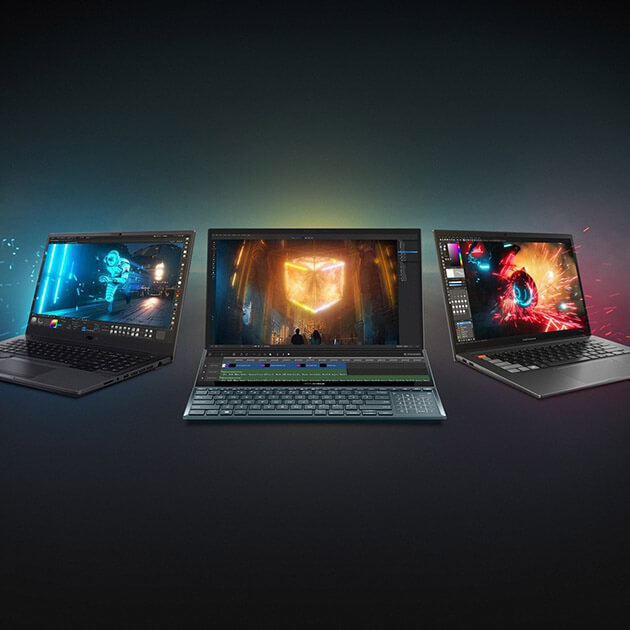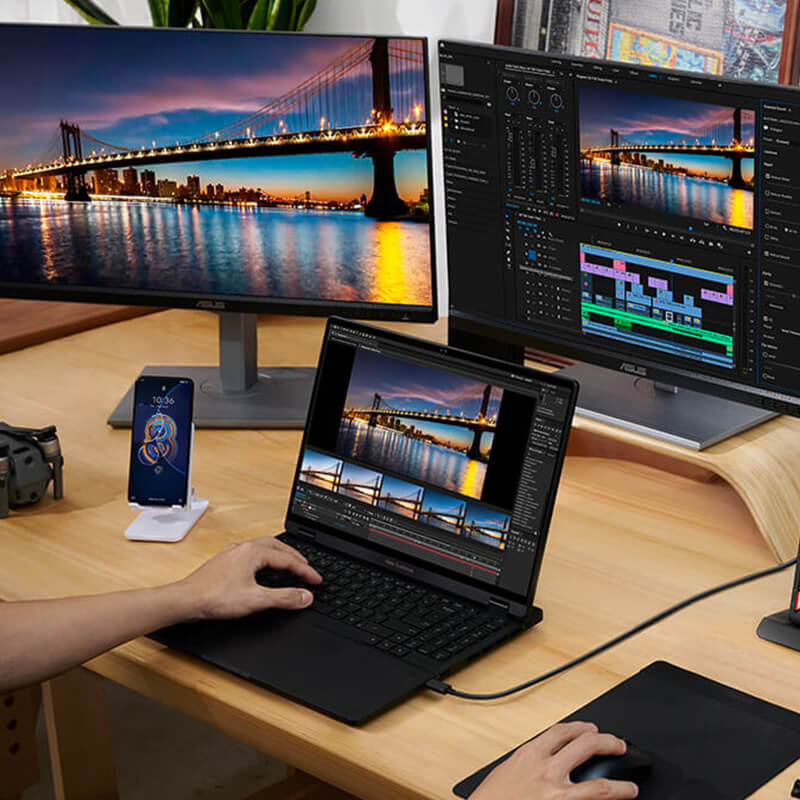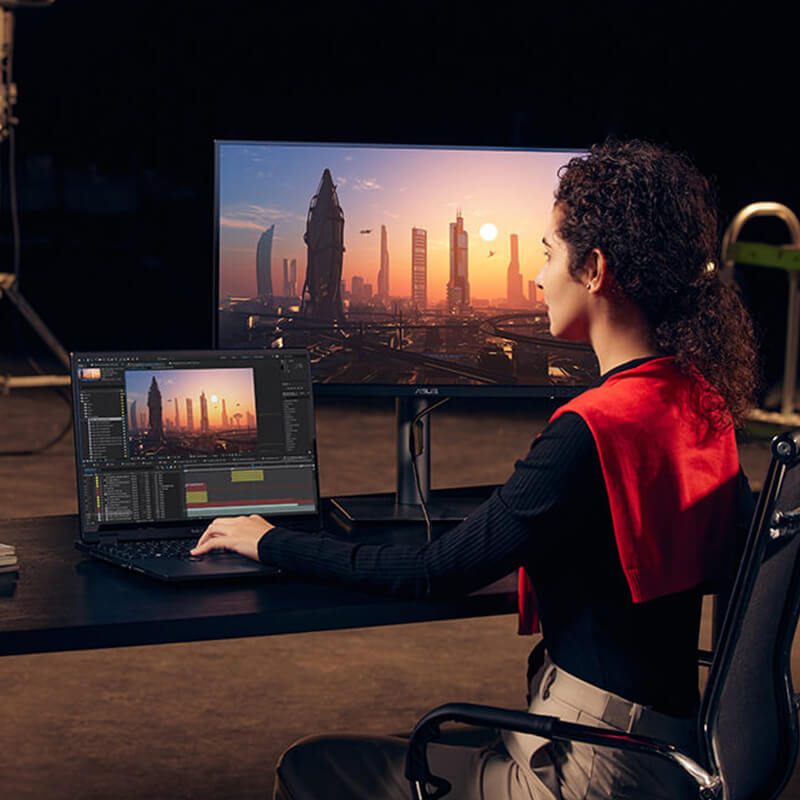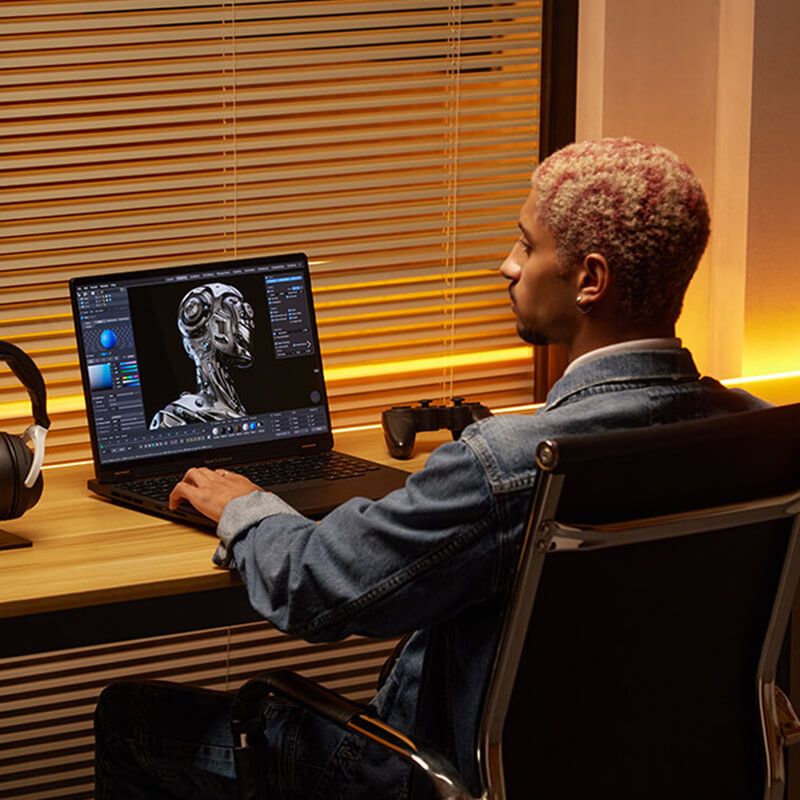
Jan 04, 2024
AI technology is developing fast. It’s safe to say that many new
jobs involving machine learning (ML) and artificial intelligence
(AI) applications will be available in the future. Some examples of
such jobs include handling machine learning tasks like processing
regression models, developing non-neural network classifiers,
running massive amounts of data through advanced statistical models,
running deep learning processes and algorithms, and more.
People well equipped to do such work — both in terms of skills and
hardware tools — have a good chance of launching a lucrative career.
Below are some ideas to help you make sure you get the right
hardware for AI and ML work.
Desktop or Laptop?
The first thing you’ll need to decide when choosing a computer for
AI and ML work is whether to purchase a desktop computer or a laptop. Each
option has its advantages.
Desktops are a great option because they’re easily upgradeable and
offer a more robust cooling system, meaning you can push component
performance without risking damage or facing throttling issues. If
you get a big enough case, you can also fit in multiple GPUs, which
can help process heavy tasks.
The downside of a desktop computer is that it’s large and not
mobile. Laptops, on the other hand, offer mobility. Some are
equipped with very powerful components and have cooling systems that
can handle very heavy work. While most laptop components aren’t
upgradeable (CPU and GPU are usually fixed to the motherboard), some
creator laptops from ASUS offer plenty of power for handling a wide
range of AI-related work.
If you need server-grade processing power, you will need to go with
a desktop. However, for the vast majority of entry-level AI-related
work, creator laptops will offer plenty of power along with
portability.
Below are some key specs for creator laptops from ASUS.
Key Laptop Specs
CPU
The
CPU
is the most important factor when choosing a laptop for AI or ML
work. You’ll want at least 16 cores, but if you can get 24, that’s
best. The clock speed will also be important. Ideally, the laptop
will run at up to 5 GHz or more when boosted. A great laptop CPU
option for AI work is the 13th Gen Intel® Core™ i9-13980HX — a
powerful CPU with 24 cores, 32 threads, and up to 5.6 GHz Boost
clock speed. Anything that meets such specs or exceeds it is perfect
for AI tasks.
GPU
Many AI-related tasks are GPU-accelerated, so you will need a laptop
with a powerful discrete GPU. For example, the NVIDIA® GeForce RTX™
comes with tensor cores — special cores designed for dynamic
calculations and mixed-precision computing. These cores can perform
multiple operations in one clock cycle, making the graphics cards
capable of fast data processing and well-positioned for
GPU-accelerated work. GPU video memory (VRAM) is also important,
with a minimum of 8 GB. One example of a GPU meeting all these
requirements is the NVIDIA® GeForce RTX™ 4070.
Memory
Two things to consider when selecting RAM are memory volume and RAM
technology. For smooth handling of most RAM tasks, as a rule of
thumb, it’s good to get at least twice as much memory as the VRAM in
the laptop’s GPU. So, if you have 8 GB of VRAM, you’ll want at least
16 GB of RAM. But the more, the better. Also check if the laptop has
RAM slots that will allow you to upgrade. For fast data processing,
you’ll want the latest DDR5 technology.
Storage
While some of the data you will be processing can be stored
externally, in the cloud or on network-attached drives (NAS), for
the fastest results you’ll want to keep key data that your algorithm
will be “learning” from stored directly on the laptop’s SSD. And the
more storage you can get, the better. 1 TB is the bare minimum. 2 TB
is much better. Also pay attention to the SSD technology. For fast
data transfers, opt for an M.2 NVMe® performance SSD, and check if
there are any M.2 2280 PCIe slots to allow for storage upgrades.
Connectivity
For wired connections, you’ll want a rich lineup of I/O ports.
You’ll likely want two Thunderbolt™ 4 ports (with display and power
delivery support), at least two USB Type-A, and an HDMI® port for an
external screen (as not all monitors support USB Type-C connection,
HDMI may be useful). A fast RJ45 Gigabit Ethernet port would also be
a massive plus — because it will help ensure a fast connection with
network-attached storage containing heavy data. Without it, you may
need a converter.
For wireless connectivity, you will want to make sure the laptop
features the latest Wi-Fi technology — such as dual-band Wi-Fi 6E.
Our Pick: ProArt Studiobook 16 OLED
ProArt Studiobook is a top-notch creator laptop that combines
desktop workstation-grade performance with portability.
It features powerful components, including a high-performance Intel®
Core™ i9-13980HX processor with 36 MB cache, up to 5.6 GHz boost
clock speed, and 24 cores and 32 threads. It also features an
NVIDIA® GeForce RTX™ 4070 laptop GPU with 8 GB of VRAM. This GPU
features 4th generation tensor cores for speedy processing of AI and
ML tasks.
ProArt Studiobook 16 OLED comes with up to two 32 GB DDR5 SO-DIMM
(for a total of 64 BG of RAM). You can, however, opt for a smaller
memory first, and upgrade when needed — there are two DDR5 SO-DIMM
slots that allow you to easily upgrade RAM. There are also two M.2
2280 PCIe 4.0 x4 SSD slots, and you can choose up to 8 TB (4 TB + 4
TB) of storage space right out of the box.
The laptop also features a rich lineup of I/O ports, including two
Thunderbolt™ 4 ports with display and power delivery support, two
USB 3.2 Gen 2 Type-A ports, an HDMI port, and an RJ45 Gigabit
Ethernet port.
The ProArt Studiobook 16 OLED is a great laptop option for AI
engineers and machine learning professionals. However, it’s not the
only ASUS laptop that meets the strict requirements for AI and ML
work. Be sure to check out more options by clicking the button
below!
If you decide that a desktop may better suit your needs, visit the
ProArt site
to discover a range of powerful ASUS solutions. When you’re ready to buy, check out the ASUS Store for laptop deals.
Discover ASUS Creator Laptops







